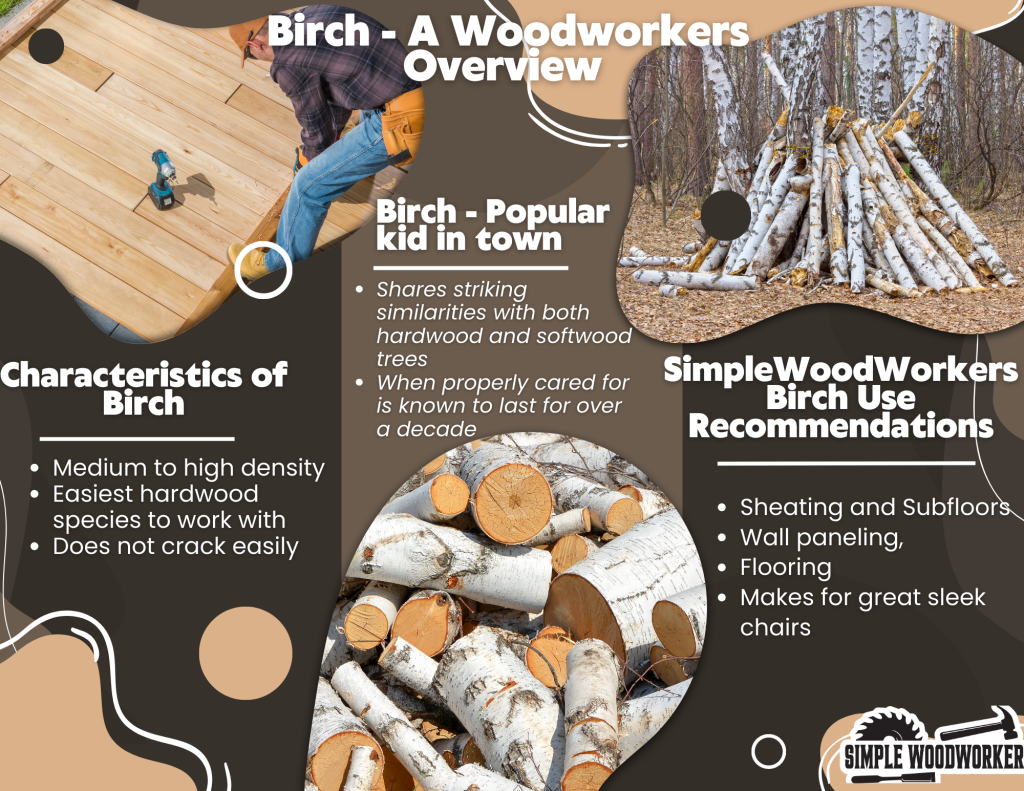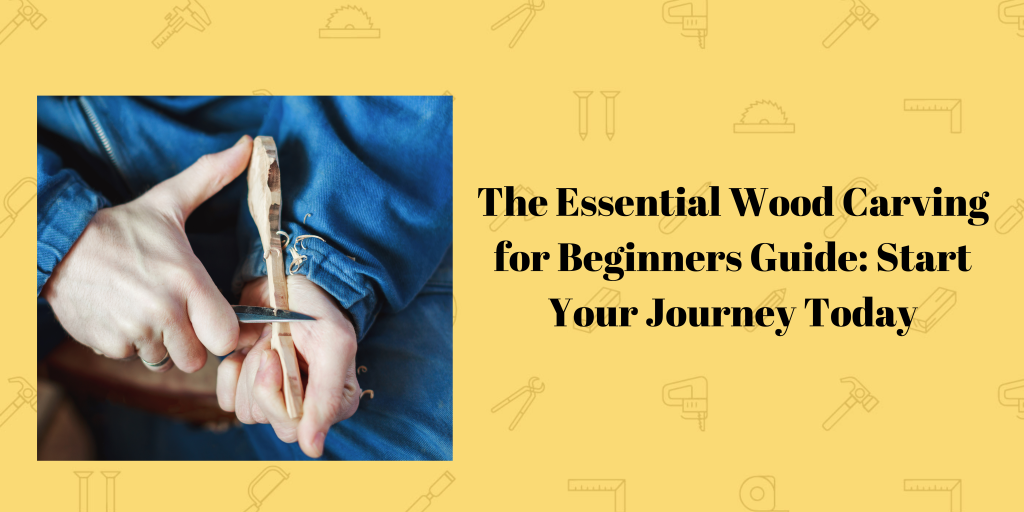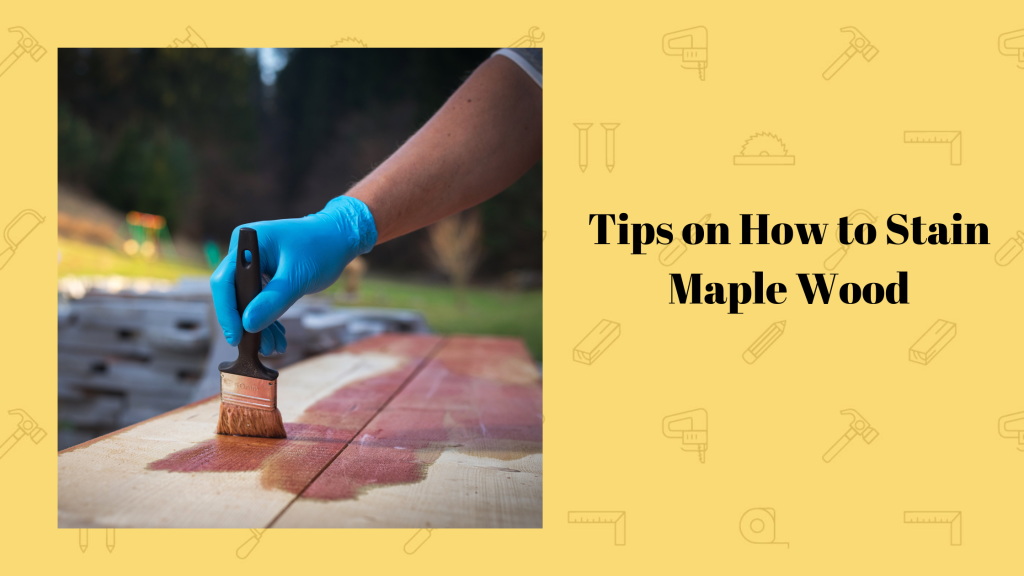Birch is like milk for true wood lovers. Where would we be without it? Durable, aesthetic, and incredibly versatile. They are so versatile some can’t even tell if they are hardwood or softwood. However, the guessing ends here, and it’s time to set the record straight. Is Birch a hardwood? Let’s branch out to find out!
Understanding the Basics
To begin our myth-busting, we’ll first need to know the difference between hardwood and softwood. All wood products are made with these two wood classes, from furniture and paper to manufactured wood products like plywood and boards. One could say they are the woodworking equivalent of sugar and salt.
Hardwoods are like the heavyweight champion of the tree world. They are sturdy, solid and are known for their durability. Hardwoods are slow-growing with a complex internal structure that makes them tough as nails. They withstand pressure and are perfect for heavy-duty woodworking jobs.
Now, you’re probably thinking Softwood is the exact opposite. Weak, small, and a pushover. Wouldn’t last a minute in a tree wrestling match. Well don’t let the name fool you; softwood are giants and grow a lot bigger than their hardwood counterparts. They don’t have hardwood’s tough and dense structure but make up for it with their wider range of applications and ease of use.
Generally, hardwood is a lot stronger than softwood, but only in its internal structure. Spoiler alert: hardwood trees aren’t in the gym lifting weights, and a softwood tree won’t shatter into a million pieces if you punch it. There are actually some softwood trees with tougher exteriors than hardwoods. So don’t take the names hardwood and softwood literally.

Is Birch Wood a Hardwood or Softwood?
Now, let’s zero in on the star of the show: Birch. A tree that doesn’t believe in being sappy and is firmly on the honours list of every woodworker. It might not have the fame of its cousin Oak, but it’s a celebrity in its own right. It’s like the Indie music of the woodworking world, celebrated by those who know its worth.
Birch adds a touch of sophistication to every project that slightly whispers, “Hey, look, I’m here to make things classy”. There’s a reason it’s added to just about anything woodwork related, from floors to buildings, art and furniture.
To answer the big question of is birch a hardwood, drumrolls, please…Yes, Birch is indeed a hardwood. Its identity crisis as a softwood has many reasons, like its slender trunks and delicate leaves, which are not usually associated with hardwood, and its adaptability to tasks usually done with softwood. If you’ve been fooled by the chameleon of the wood world, worry not, you’re not the first or the last.
Characteristics of Birchwood
Birchwood doesn’t just talk the talk; it walks the walk as a hardwood. Its medium to high density makes it very resistant to dents. You don’t have to worry about cracks or wear-down with our friend here. Birch is also one of the easiest hardwood species to work with. They cut and shape easily and respond well to machine and handcrafting.
If you’re a newbie and want to start working with hardwood, Birch is the perfect place to start. It’s super-friendly and cooperative in the workshop. You might want to start with some oak or maple, but that’s like your first hike being Mount Everest. Let’s take it slow, shall we?
What Is Birch Wood Used For?
As we said earlier, Birch is known for its versatility. From simple art pieces to sturdy furniture and the nitty-gritty of construction, birch wood is there for it all. We can’t list out everything the famous wood is used for (we’ll be here all day). But we can share some of its most common uses:
Making Plywood
Birch plywood is used for construction purposes such as sheathing, subfloors, roofing, and formwork. These guys produce some of the best plywood sheets In the entire tree world. Its durability and resistance to warping, even when cut up into small and more vulnerable pieces, are only matched by a few other wood species.

Interior Design
Everything birch touches turns to gold! It’s often used to decorate the interior of homes and offices with a class and charm that complements any color scheme. It’s light color and attractive grain pattern add a touch of finesse to any space. It can be used for wall panelings, ceilings, flooring, partitions, etc.
Furniture
Not only is birchwood good for furniture, but it also has a strong case for being THE best option. From sleek chairs that give you that “ahh, comfort” feeling to sturdy tables that witness endless family gatherings and board game battles, birch wood furniture brings both elegance and practicality to your living spaces. Other hardwood species can be used for your furniture, but they can be a bit substance over style. Birch gives you the very best of both worlds. And that brings us to…
Birch vs Other Hardwoods
If the tree world was high school, Birch would be the most popular kid in town. It shares striking similarities to both hardwood and softwood trees so would get along well with everyone. Great in gym and great in the classroom type of student. However, how does it truly compare to it’s hardwood cousins?
Birch, just like other hardwood trees is known for its strength and durability. Just how strong is birch wood? Well, properly maintained birch furniture has been known to last for well over a decade while b m, remaining in good condtion. Tough nut to crack, as they say. However, it’s not quite as sturdy as your oaks and maples. But the little it lacks in sturdiness, it more than makes up for in workability and aesthetic appeal.
There are no real gross differences between Birch and its other hardwood counterparts. It swings a little away from core hardwood characteristics so loses out on a bit of sturdiness and hardwood color, but it didn’t swing hard enough to totally lose its hardwood traits.
Conclusion
So, is Birch a hardwood? Woodn’t you like to know! (Hint: yes, it is). Birch proudly takes it’s place in hardwood family. It may look like softwood from its outward appearance but as the saying goes, looks can indeed be deceiving!
*This post may contain affiliate links. Please see my disclosure to learn more.



